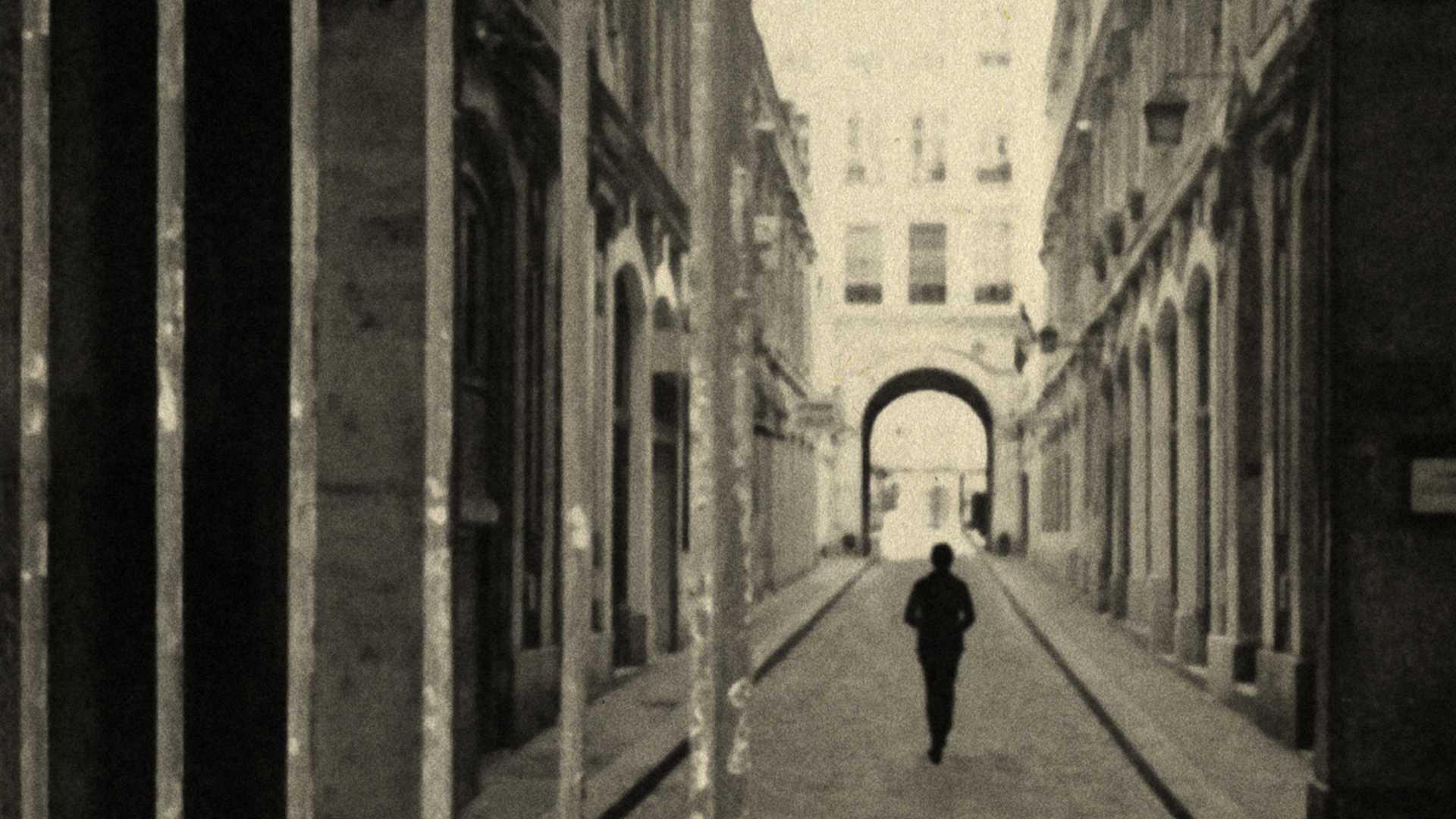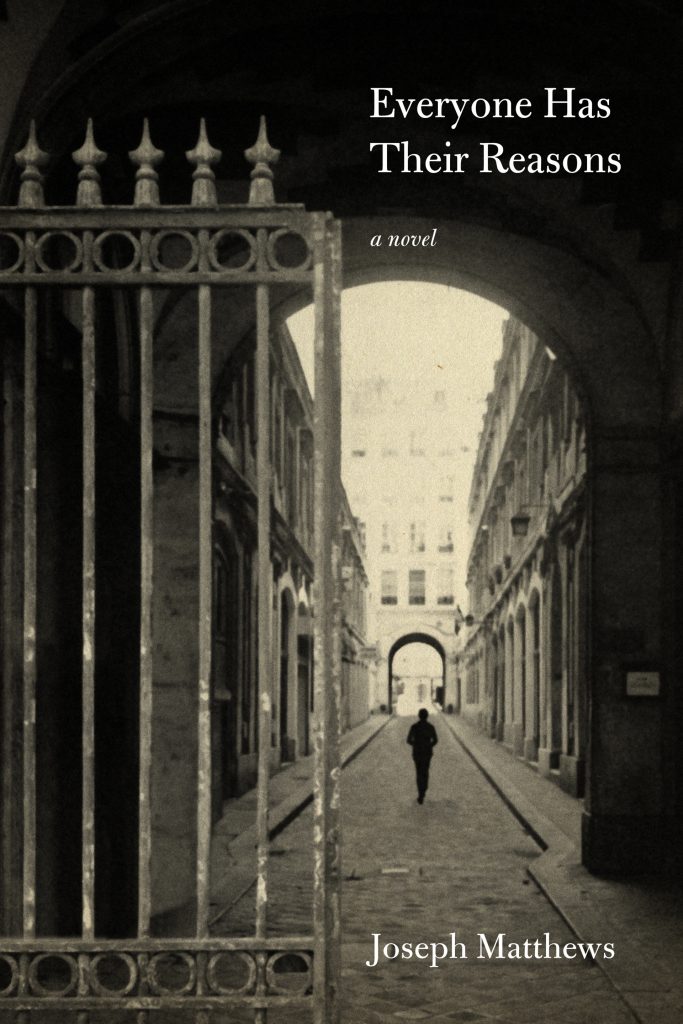by Wana Wyporska
Historical Novel Review
November 2015
November sees the 77th anniversary of Kristallnacht, when the Nazis orchestrated and encouraged a pogrom against the Jewish population in Germany, their properties and businesses. In recent years, more historical fiction about young people during the Nazi era has emerged, bringing new perspectives on the horrors of the time, but also enabling a deeper understanding of a broader range of experiences.
As Jim Shepard, author of The Book of Aron (Quercus UK, Knopf US, 2015), says, “we’ve gone from believing that the Holocaust couldn’t be dealt with at all in the arts — Adorno’s famous dictum that there could be no poetry after Auschwitz — to feeling as though it’s almost an over-trammeled genre.”
He goes on to explain that he sees the writer’s task as defamiliarizing “the expected — to make us see in a new way what we previously thought we understood — as well as, in the case of something like the Holocaust, to make the utter strangeness, the unprecedented strangeness of the event, available to us, as well.”
As writers of historical fiction, we often tread a delicate line between historical fact and historical fiction, but does any event remain off limits? How do we reflect the reality of those who died and those who survived, maintaining an appropriate level of respect? Joseph Matthews, author of Everyone Has Their Reasons (PM Press, 2015), puts it succinctly when he says, “The same cautionary responsibility applies to a fiction writer who presents events from any time or place distant from the reader: to not consciously or carelessly offer significant falsehoods.”
Both Matthews and Shepard agree that historical fiction can be educative, but as Matthews emphasizes, “Perhaps more than ‘keeping memories alive’ or ‘educating’ about the war, or about any distant time or place or events, good fiction can help a reader engage with the past so as to transpose it into the present (e.g., the immigrant/refugee issues of this novel and immigrant/refugee issues of the present moment around the world).” In the same vein, Shepard concurs that he’s certainly not ready to speak for all authors of fiction, but in his own case he feels an enormous responsibility to try to present the historical record as factually as he can. This is borne out by his extremely useful list of further reading in the acknowledgments section of his book.
In their very different works, neither Matthews nor Shepard holds back from portraying the realities of life in Europe for Jewish young people during the 1930s and 40s. Indeed, using the voice of young people as protagonists allows a greater range of situations and emotions to be portrayed, in contrast to the problems faced by the adults in their lives.
Despite their youth, they wrestled with huge moral dilemmas and faced persecution, poverty and hunger. They had to weigh the actions they were taking against the very real possibility of death or causing the betrayal of other members of their family or community. Risk-taking and hunger were the backdrop to young lives existing beyond the complex laws and bureaucracy, which all too often resulted in deportation, betrayal or death.
However, the two protagonists in these novels are very different. Shepard’s Aron, a nine-year- old Polish Jewish boy, is caught in the Jewish Ghetto in Warsaw, where he ducks and dives and does what he can to survive. In the Ghetto he meets Dr Janusz Korczak (the pen name of Henryk Goldszmit), world-famous paediatrician and child rights activist, who is trying to save 150 orphans from dying of hunger and illness.
Aron helps the eminent doctor by doing what the adult will not, and Aron’s very ordinary courage is set side-by-side with that of the hero doctor, illustrating the complexity of heroism.
Shepard’s prose is lively and engaging, and his recreation of the Warsaw streets is evocative.
Aron is a typical nine-year-old boy living in an extremely atypical world, and we see him, and indeed Korczak, as whole characters – warts and all. Shepard points out that “certain figures’ greatness is even more compelling when I have a clearer sense of their overall humanity.” He is fascinated by what he calls“the distance we all feel between the dismalness of the way we mostly are and the amazing heights to which we aspire, and sometimes even achieve.” This sentiment lies at the heart of the two stories, and both heroes are shown complete with their flaws. Arguably, this makes Aron and Herschel, the protagonist of Matthews’ novel, very believable as characters; they evoke our empathy, but also often our irritation. These ordinary young people manage to act heroically, even in a time as heinous as the Nazi era.
Everyone Has Their Reasons also features a young Jewish boy, but here the similarity between the two books ends. On 7 November 1938, Herschel Grynszpan, a 17-year-old Jewish Polish-German, walked into the German Embassy in Paris and shot dead a minor diplomat called Ernst vom Rath. It became such a cause célèbre that the US journalist Dorothy Thompson established a campaign to raise funds for Grynszpan’s Paris trial.
This assassination was the pretext for the launch of the Kristallnacht pogrom, although the Nazis had clearly planned such an event for some time. Grynszpan claimed that he was protesting the rounding up of 12,000 Jews (including his family) living in Germany with Polish passports, who had been dumped at the Polish border. Herschel’s story is narrated through his letters to a mysterious lawyer, allowing a fragmented narrative that reflects the 17-year-old’s mind. Matthews paints a picture of a teenager troubled by what was going on in the world around him, but also of a boy beset by feelings of deep fragility one minute and immense grandeur the next. Once arrested in 1938 in Paris, Herschel is caught between the proverbial Scylla and Charybdis, in other words, the French and the Germans. His fate is entirely dependent upon the line of the invading German forces as he is moved south through France.
Even when he finds himself at liberty, he realizes that turning himself in at a French prison is preferable to being hungry and on the run, with the prospect of being captured and recognized by the Germans.
Matthews expertly portrays Parisian society in the 1930s, with its socio-economic, religious and ethnic hierarchies exacerbated by the stress of increased migration and war. “I’m not a fan of literary works that merely use highly charged historical or political settings as little more than backdrops, lending a cheaply-purchased aura of significance to the works, without taking on hard questions raised by those settings,” he says. He describes the book as “an attempt to take on some of the issues that I saw as being raised by Herschel’s story – among them the treatment of refugees, politics based on ‘identity’, the workings of social class during crises – [this] was one of the main reasons I wanted to write the book in the first place.” Interestingly, Matthews was a criminal defense lawyer for many years, which is cited as helping him to sort through the evidence in the case and understand the many legal machinations upon which Grynszpan’s life ultimately hinged.
Grynszpan ‘disappeared’ and was declared dead in 1960, at the request of his parents, one of the many mysteries in his story. His motive for shooting vom Rath has been disputed: was he driven to it on account of his parents’ deportation, or was it in fact a crime of passion? Did he know vom Rath, or was this merely a legal ploy dreamt up by his lawyer to prevent the Nazis from holding a show trial? Not much is known about Grynszpan’s life in France and nothing is known about his death, which makes an interesting canvas for a fictitious account. Matthews has filled in the gaps so convincingly that the reader will have difficulty distinguishing between fact and fiction. In contrast, Shepard’s Aron is clearly a fictitious character interacting with a very real Korczak, and this means that there cannot be a happy ending.
Debate still rages about whether events of the Holocaust should be fictionalized and by whom.
This has been fuelled by an increase in the number of works of historical fiction treating the subject. There is clearly a substantial difference between the early works written by survivors, such as Tadeusz Borowski or Elie Wiesel, and the two works reviewed here. Literature on this subject is constantly enriched by a variety of genres, whether memoir, academic works or fiction. In addition, there is a highly developed body of commentary on Holocaust literature, in which many of the debates are rehearsed in great detail.
Shepard’s and Matthews’ works are the latest in a growing line of fiction focusing on the experiences of young people, following the phenomenal success of The Boy in the Striped Pajamas (David Fickling Books, 2006) by John Boyne. Most importantly, both of the works illuminate the wide range of situations Jewish young people experienced and their resilience and courage in the face of systemic evil. They also illustrate the impact of ethnic, religious and/or economic persecution and oppression, which is just as relevant to current debates in Europe on migration and refugees.







